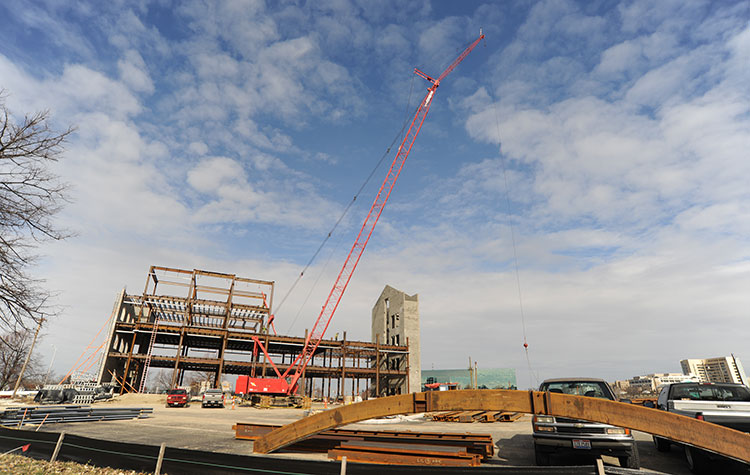Document Type
Article
Publication Date
3-2005
Publication Source
Kansas Department of Transportation
Abstract
Decisions that may be based on misleading forecasts may lead to a misallocation of funds and to under-performing projects during construction and operation. Poor projections of demographic and socioeconomic data are usually cited as the major source of poor traffic assignment projections and hence, unfavorably conceived planning and construction of street and highway infrastructure facilities.
This report evaluated the accuracy of long range projections by using a transportation study done the in 1970s, projecting transportation demand 20 years into the future. The projected travel model inputs were compared with what actually happened after the horizon year had been reached and also compared the projected traffic volumes versus the actual ground counts at the same horizon year. The results of this study show that there is a poor correlation between what was forecasted and what actually happened in terms of socioeconomic and demographic data, which are the major inputs used by travel demand models to forecast future traffic volumes on road links. The projected traffic volumes were poorly correlated with the actual ground traffic counts for the same road links in the network. However, the end results of these projections, the estimated number of lanes required to accommodate the resulting traffic, were not adversely affected. It was found that 98 percent of the major streets had the number of lanes correctly estimated based on the 1994 Highway Capacity Manual (HCM) planning level of service (LOS) criteria.
Robustness analysis is a technique with the potential in aiding decision makers in choosing transportation investment projects that more closely correlate to actual future development. In this report it has been demonstrated that robustness analysis can be successfully used in urban transportation planning in conjunction with urban travel demand software. The robustness analysis procedure emphasizes the need, under conditions of uncertainty, to make early decisions in a time-phased sequence, while preserving many future options until the choices are more definitive. The results of the robustness analysis indicate that the method is simple to understand, easy to use, minimizes future surprises in terms of expected future events not happening, and provides the flexibility required in typical urban planning problems where decision making has to be done under conditions of uncertainties. A general framework to be used in such cases is proposed.
Document Version
Published Version
Copyright
Copyright © 2005, Kansas Department of Transportation. No restrictions. This document is available to the public through the National Technical Information Service, Springfield, Virginia 22161
Publisher
Kansas Department of Transportation
Sponsoring Agency
Kansas Department of Transportation
eCommons Citation
Eustace, Deogratias; Russell, Eugene R.; and Landman, E. Dean, "Development of Multiple Growth Strategies for Use in Developing Traffic Forecasts: A Robustness Approach" (2005). Civil and Environmental Engineering and Engineering Mechanics Faculty Publications. 64.
https://ecommons.udayton.edu/cee_fac_pub/64
Included in
Civil Engineering Commons, Construction Engineering and Management Commons, Environmental Engineering Commons, Other Civil and Environmental Engineering Commons, Transportation Engineering Commons




Comments
Permission documentation is included in the archived file available for download.